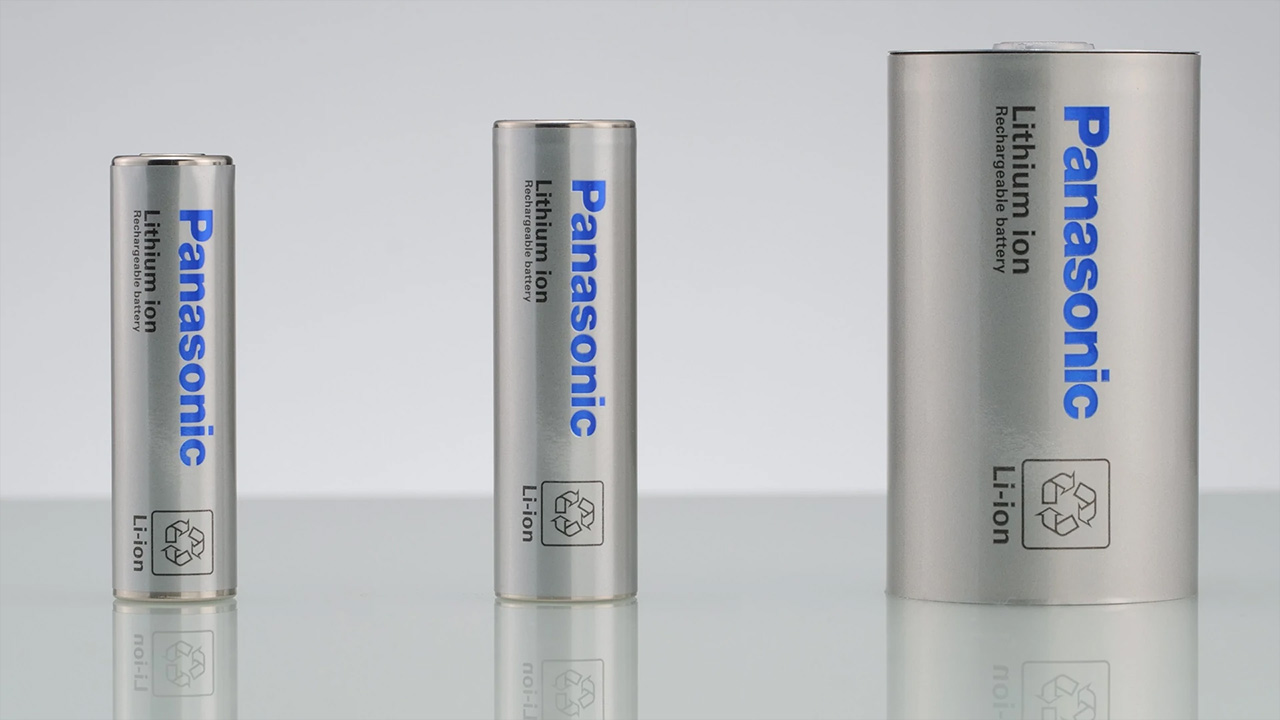The stated goal of the negotiations is for Panasonic to supply Subaru with cylindrical cells that the automaker plans to use in its new BEVs starting in the second half of this decade. Subaru is reportedly targeting annual sales of 200,000 BEVs by 2026 and plans to create production capacity for 400,000 BEVs per year by 2028. A new all-electric car factory in Gunma Prefecture, Japan, is expected to contribute to this.
Since production of the electric Subarus is not scheduled to begin until the second half of the decade and talks are still at an early stage, the communications from both companies do not give any details about the cells themselves - except that they are cylindrical. The size of the cylindrical cells and the cell chemistry are not yet known. At the moment, it is only said that they will be "next generation cylindrical lithium-ion automotive batteries".
Currently, Subaru has only one purely electric model on the market with the Solterra electric SUV, however, the vehicle is based on Toyota’s eTNGA platform and is comparable to the Toyota bZ4X. In 2025, production of its own electric cars is to start on a mixed line with internal combustion engines, and in 2027 the pure electric car factory is to go into operation.
Subaru is not the first carmaker from Japan to use Panasonic cylindrical cells in future electric cars. In the case of Mazda, it was revealed in June that the carmaker was negotiating with Panasonic to supply cylindrical cells. The carmaker uses Panasonic’s prismatic battery cells in the electric MX-30.
Although Mazda and Subaru are smaller manufacturers globally, the trend towards battery cells with fixed housing (cylindrical cells or prismatic cells) is unmistakable. Tesla has always relied on cylindrical cells and later integrated prismatic cells for the LFP batteries. BMW is currently doing things the other way around: the Munich company uses prismatic cells but is adding cylindrical cells to its range for the New Class. VW is switching to a prismatic format with the standard cell, and prismatic and cylindrical cells will also be used in the Ultium platform from General Motors in future. And BYD, the leading manufacturer in China, also relies on a prismatic cell format with its Blade battery.
Source: Subaru

